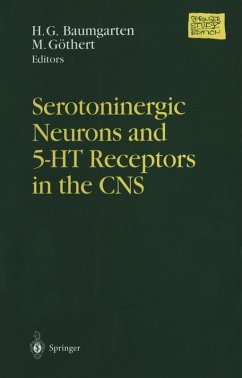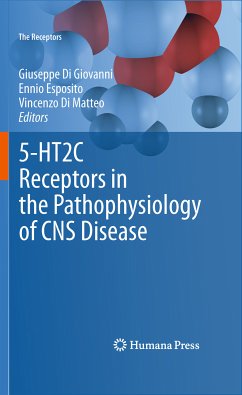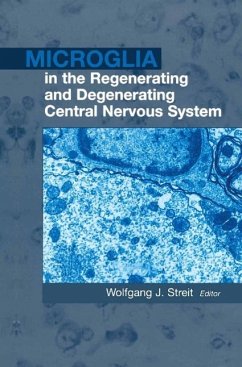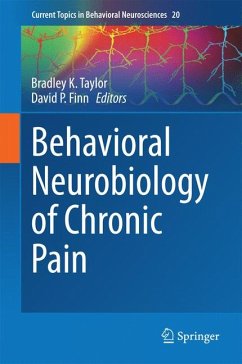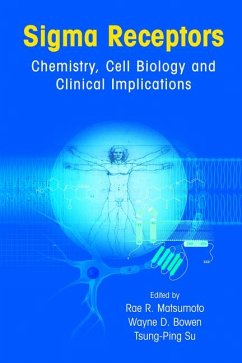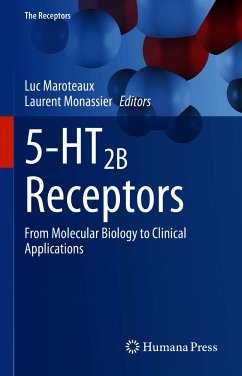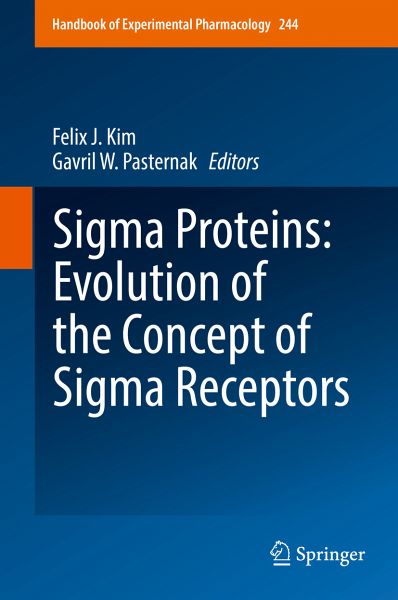
Sigma Proteins: Evolution of the Concept of Sigma Receptors (eBook, PDF)
Versandkostenfrei!
Sofort per Download lieferbar
256,95 €
inkl. MwSt.
Weitere Ausgaben:

PAYBACK Punkte
128 °P sammeln!
Provides an updated perspective on this rapidly evolving field undergoing changes in fundamental concepts of key importance to the discipline of pharmacology
Emphasis is laid on the roles of sigma proteins in pathophysiology and on emergent therapeutic initiatives
New investigators combined with more experienced investigators - as represented by the editors
Emphasis is laid on the roles of sigma proteins in pathophysiology and on emergent therapeutic initiatives
New investigators combined with more experienced investigators - as represented by the editors
Dieser Download kann aus rechtlichen Gründen nur mit Rechnungsadresse in A, B, BG, CY, CZ, D, DK, EW, E, FIN, F, GR, HR, H, IRL, I, LT, L, LR, M, NL, PL, P, R, S, SLO, SK ausgeliefert werden.



